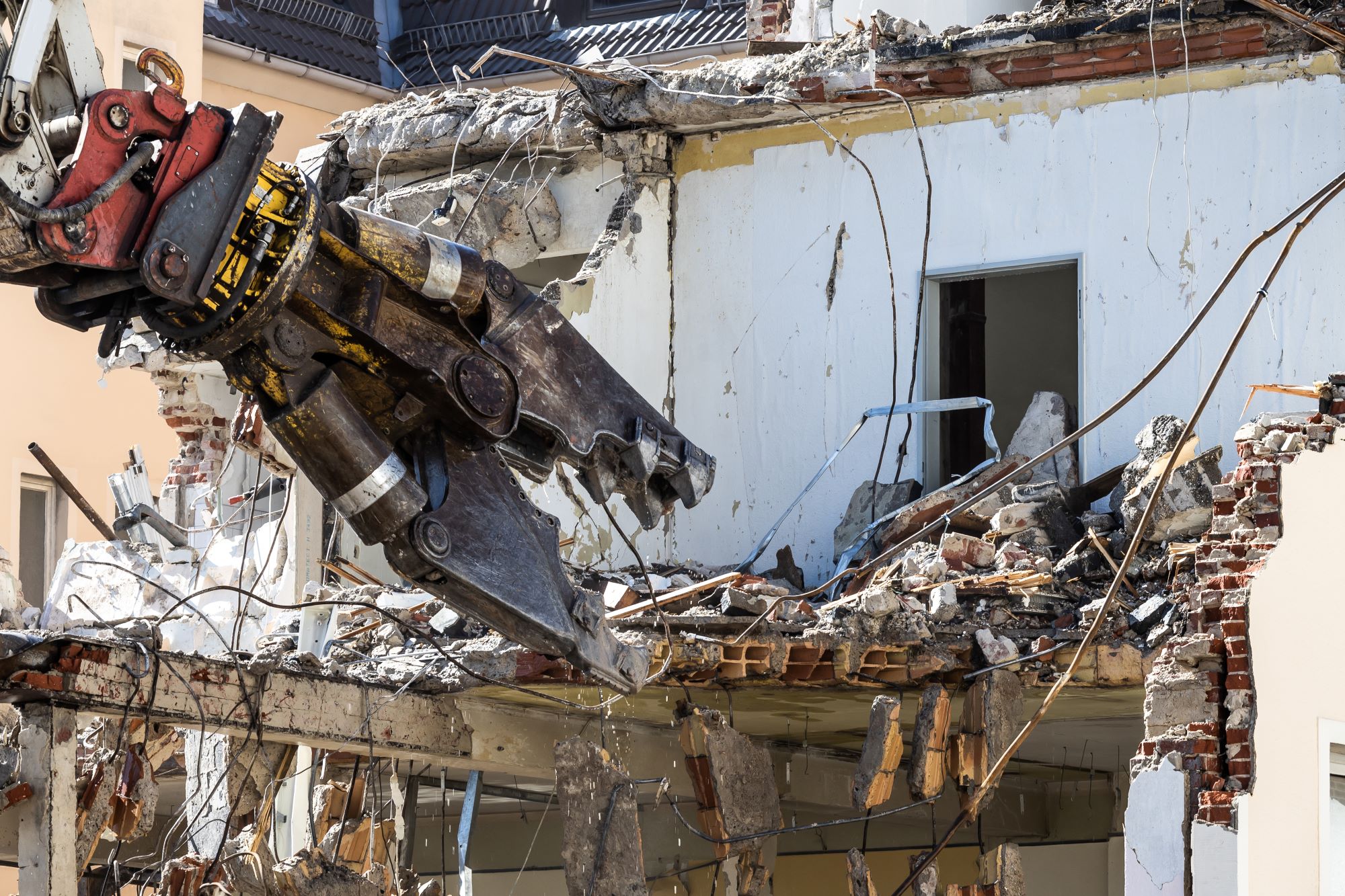Revolutionising deconstruction: A robot for sustainable material recovery
In response to the need for sustainable construction practices, an international group of researchers has secured a HORIZON Europe grant. They will develop a groundbreaking digitalised, autonomous, and intelligent identification system, including a robot. This innovative technology aims to revolutionise the construction industry by efficiently identifying and extracting reusable materials, products and building components in end-of-life buildings.
A building planned for deconstruction contains many materials and items that hold potential recycling value. Think of glass, concrete, steel, wood, plasterboards, carpets, cables, and radiators. “The importance of reclaiming materials not only reduces waste and conserves resources but also promotes circular practices in the construction industry. Without identifying these materials and digitising the building's value chain, achieving sustainability in the construction industry will prove challenging", says Francesco Di Maio, research director of the recycling lab at TU Delft.
Digital identification of materials
A consortium of international researchers recently received a grant from the European Union for the project 'DISCOVER'. It aims to digitalise the material identification process at a deconstruction site to make it autonomous, more efficient, and independent of human judgment. It is also safer since humans must enter a building to be deconstructed for the assessment.
At TU Delft, artificial intelligence (AI) is already being used to identify different types of materials in a waste flow, such as metal (alloy) types in a mixed scrap flow. Now, AI will be employed together with sensors to identify different types of building materials, such as concrete, glass, metals, wood and plastics, with high accuracy. These algorithms are trained on large datasets to recognise patterns and distinguish between different types of materials with high accuracy.
Additional sensors are designed to detect cables or reinforced steel within concrete structures. Moreover, the robot is equipped with invasive methods, such as drilling.
Robot enters demolition site
In the coming years, the project intends to develop a robot capable of rapidly, safely, and impartially assessing buildings. Di Maio envisions the future robot as follows: “Upon entering a room, an optical camera identifies various elements such as radiators, windows, or concrete walls. Additional sensors are designed to detect cables or reinforced steel within concrete structures. Moreover, the robot is equipped with invasive methods, such as drilling, to perform volumetric content analysis. Furthermore, small samples extracted from walls are analysed in real-time.” The project's objective extends further to enabling the robot to recognise composite materials.
Ultimately, the outcome will be the creation of a digital replica of the demolition site, encompassing a scan-to-BIM model. This model includes a comprehensive analysis of all components and the valuation of materials.
Lastly, emphasis is given to the need for cutting-edge technologies that help optimise the recycling process's efficiency. The building industry can be sustainable when supported by innovation and digitisation. Di Maio and colleagues Abraham Gebremariam and Yongli Wu are excited to collaborate on this groundbreaking and innovative project with international partners.

